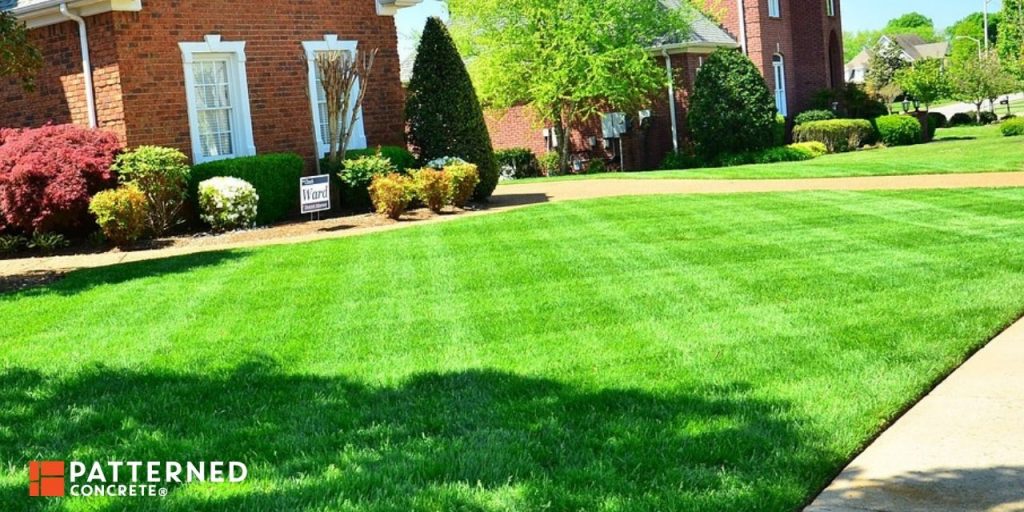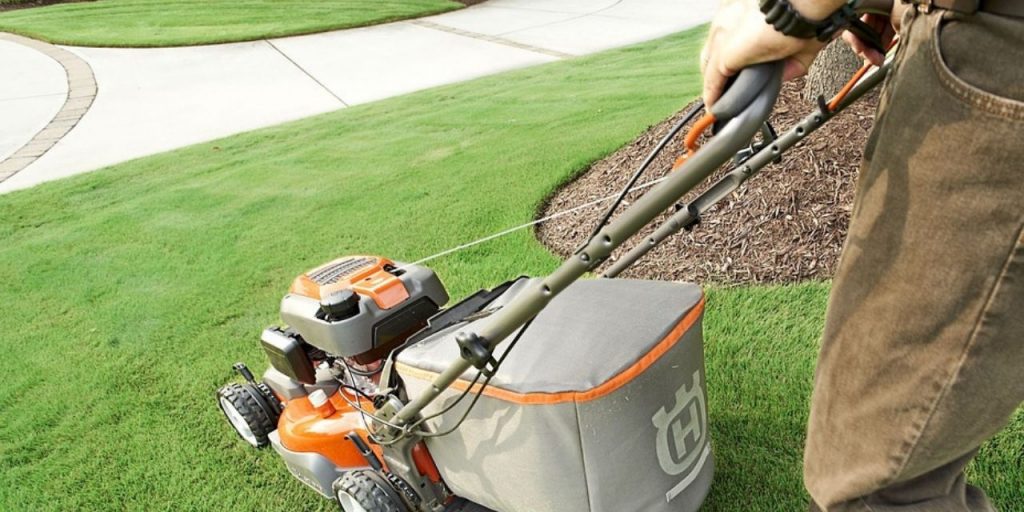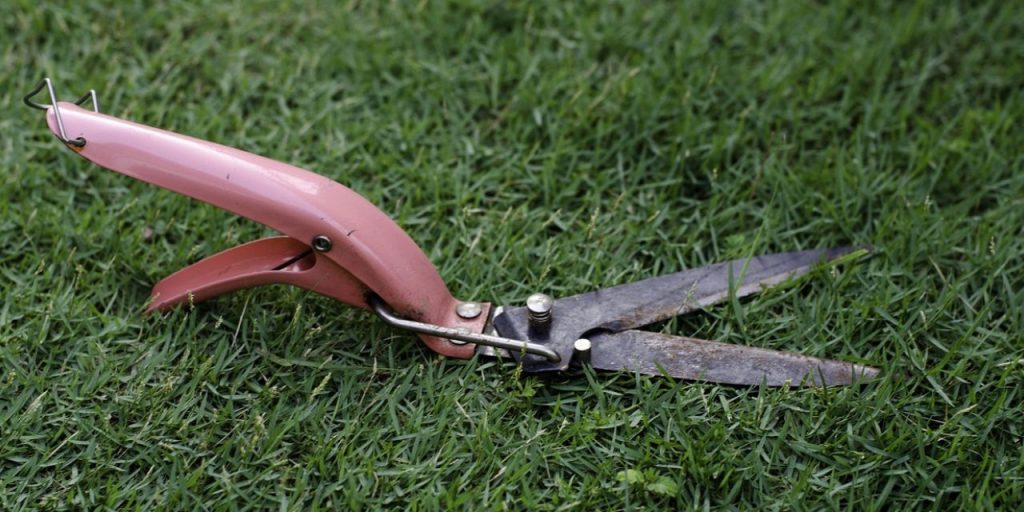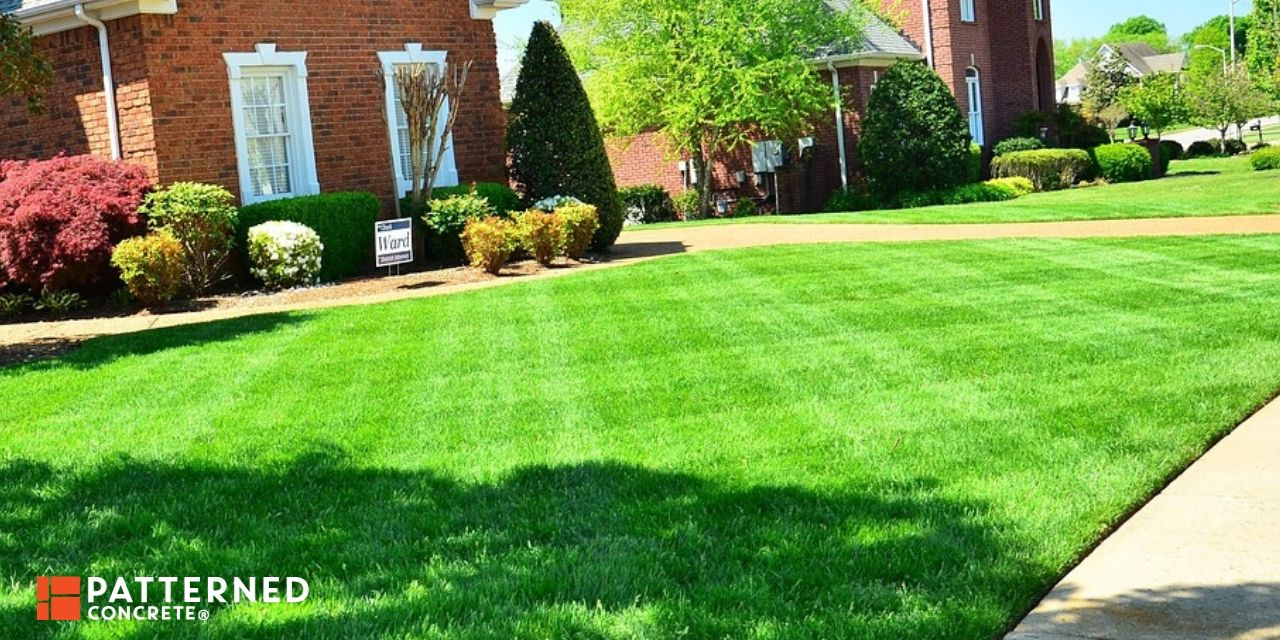
Keeping your front- and backyards beautiful takes a fair amount of work, but it’s worthwhile. It’s so comforting to see a well-maintained lawn along with al the other features of the property. The sweat that went into getting it that way pays off every time you pull into the driveway or step out onto the patio.
The variety of surfaces involved can help making the process a bit involved, especially when dealing with where these surfaces come together. You’re dealing not only with grass, but also a flower bed or vegetable garden. And of course, you have your wonderful stamped concrete driveway, walkways, and patios too. It’s where these elements come together that requires more attention to detail. Let’s look at some potential issues and how to avoid them.
What Works For The Lawn Might Not Work For Everything
For most people, the largest part of their outdoor area is lawn. Of course, with a bigger property you may have wooded areas or fields too, but these don’t require the same type of care. A lawn, however, calls for constant grooming during the growing season. For most of us, that’s the bulk of the year. It might even be year-round if you live in a climate that doesn’t get too cold.
Your biggest tool for lawn care is almost always going to be a lawn mower. There are, of course, a huge variety of mowers, from completely manual rotary push mowers to huge ride-on models. There are even robotic ones now that work like an outdoor Roomba!
The size of the lawn is the primary factor in choosing a mower, but they all work on the same principal: a revolving metal blade cuts the grass to a preset height.
But when you come to the edge of your driveway, sidewalk, or patio, it’s common to run into an issue: the height isn’t exactly the same. The concrete area tends to settle a bit and so can be lower than the turf. At this point, you not only have an uneven surface, but some of the grass on the edge can start to grow sideways and reach out over the concrete.
In some cases, though, depending on how it’s laid or if you have other stone as part of your landscaping, it’s actually higher than the dirt.
In cases like these, it can be tempting to tilt the lawnmower back and do the best you can. But that approach doesn’t create a fine finished look. More importantly, it can cause damage both to your surface and to your lawn mower.

Keeping Your Lawn Mower In Shape
A lawn mower’s blade is a powerful piece of equipment that resolves at high speed. Think of all it stands up to. It might be designed to cut grass, but it picks up twigs, pebbles and more as well. It can tear apart a small branch or chip stone. So it’s important that it doesn’t come in contact with your concrete or other hard surfaces.
While concrete is a strong material, its edges can be vulnerable to damage from the metal blade, which can spin around 3000 rpm depending on the type of mower. No matter how strong concrete is, it can end up scratched or even chipped.
Using the Right Tools
So how do you get the best lawn and protect your hard surfaces? The two actually go hand-in-hand. Taking care of one is going to take care of the other.
While a lawn mower is going to handle the bulk of your lawn, it’s not capable of handling the edges to any satisfactory level. Two additional tools are helpful to getting the best look: a trimmer and an edger.
A trimmer – sometimes called a “weed whacker” or “weed trimmer” – is a motorized tool that uses a monofilament rather than a metal blade to cut grass or weeds,. Monofilament is the same material used for fishing line, although it’s usually thicker for this use.
Since this tool is smaller and lighter, it’s easy to use in corners or other hard-to-access areas. It’s also great for edges. The front is usually open so the monofilament is able to cut right where you need it. And the line will break off if it hits a tough obstacle rather than damaging the object.
Using the trimmer, you don’t need the lawn mower to get all the way to the driveway. Use the mower with all wheels comfortably on the grass, but the trimmer for the rest.
An edger can create an even more crisp and precise edge to your lawn. There are both manual and electric models. While a trimmer focuses on the grass’ height, the edger will make sure it doesn’t extend horizontally beyond the edge of the lawn. Put another way, a trimmer’s blade cuts in the same “flat” direction as a lawn mower’s. An edger’s blade, on the other hand, is oriented up and down.

If you don’t want to invest in an edger or trimmer, you can rely on grass clippers. These scissor-like tools are great when you just have a small area that needs cleaning up. But you’ll quickly wear out your wrist and knees if you need to trim more than a tiny space.
Conclusion
The three tools together – lawn mower, trimmer, and edger – will help you have a marvelously manicured lawn. At the same time, using each appropriately will keep your concrete safe from high-speed whirling blades.

